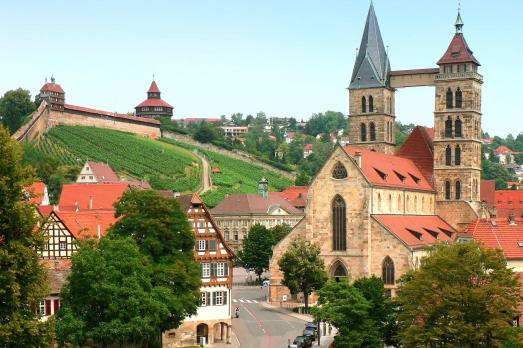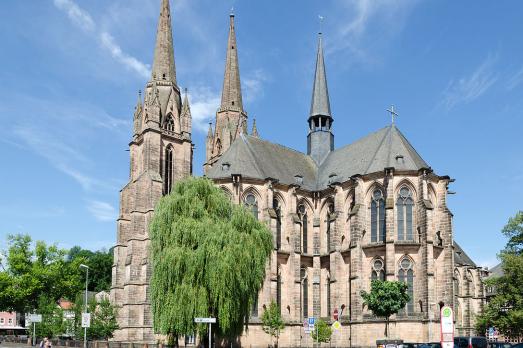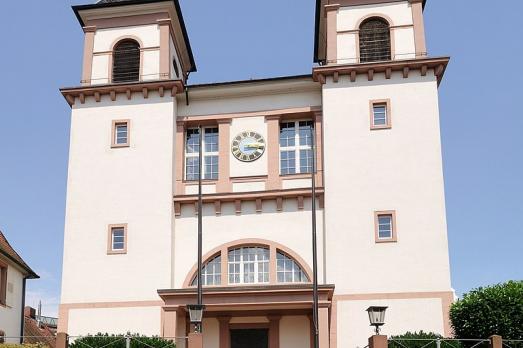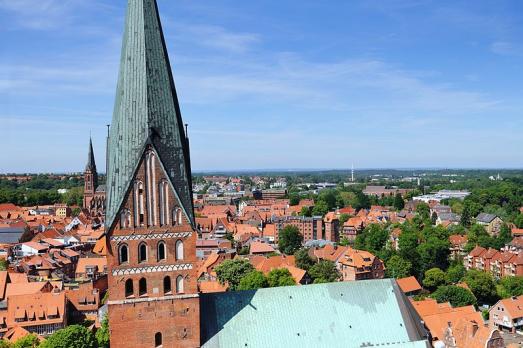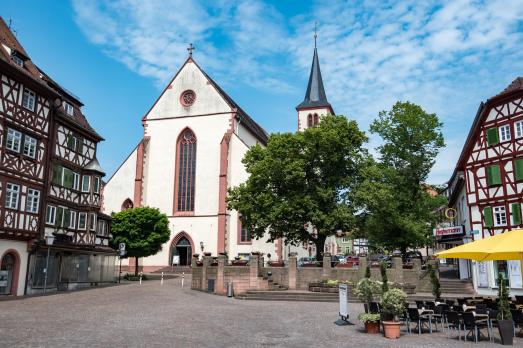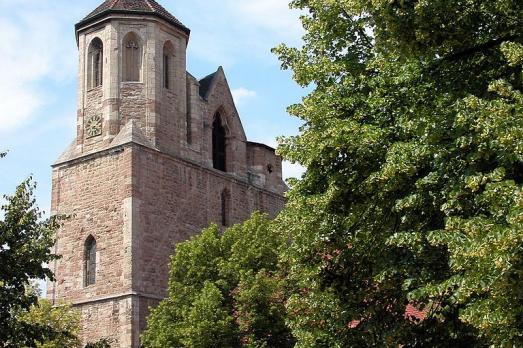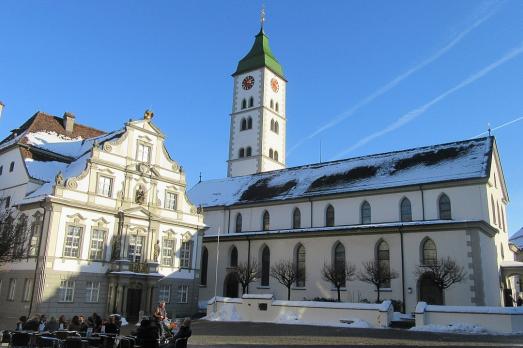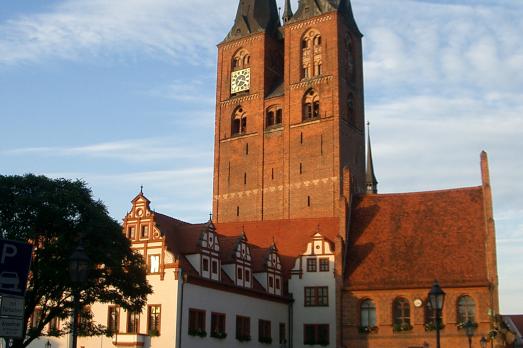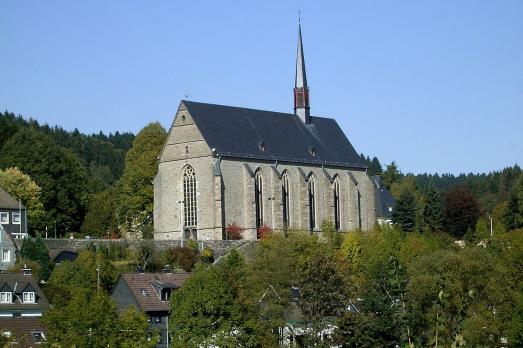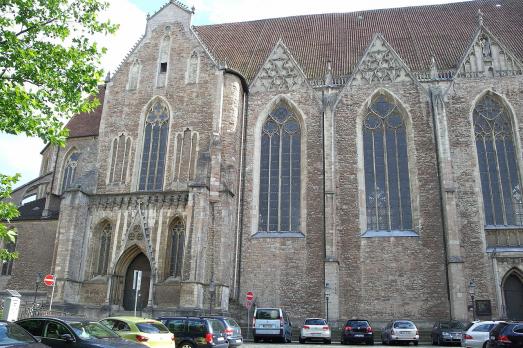
Church of St. Aegidien
Braunschweig, DE
The church of St. Aegidien was founded in the 12th century as the abbey church of the Aegidien monastery. The original Romanesque church burned down in 1278 and was rebuilt in the French Gothic style. In 1528, the convent was dissolved and the abbey church was used as a Lutheran parish church. In 1717, the church was furnished in the Baroque style. Desecrated at the beginning of the 18th century, it finally found a stable role as an exhibition space from 1902. After the Second World War, the church was given to Catholics.
